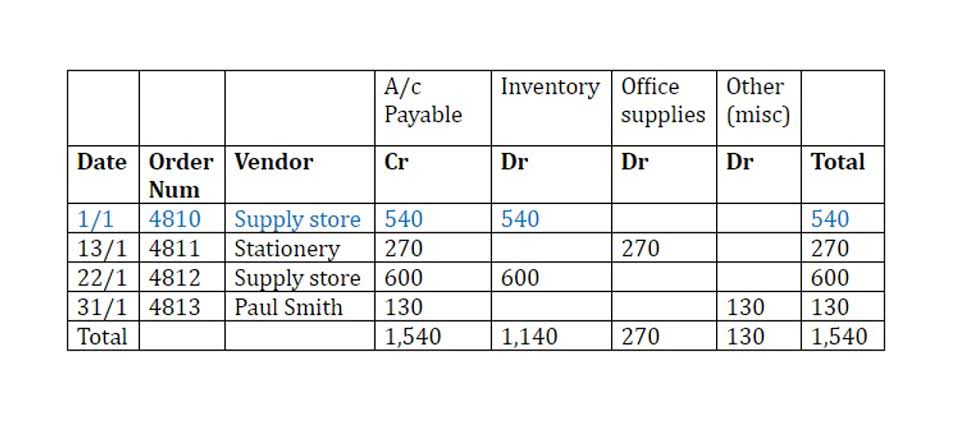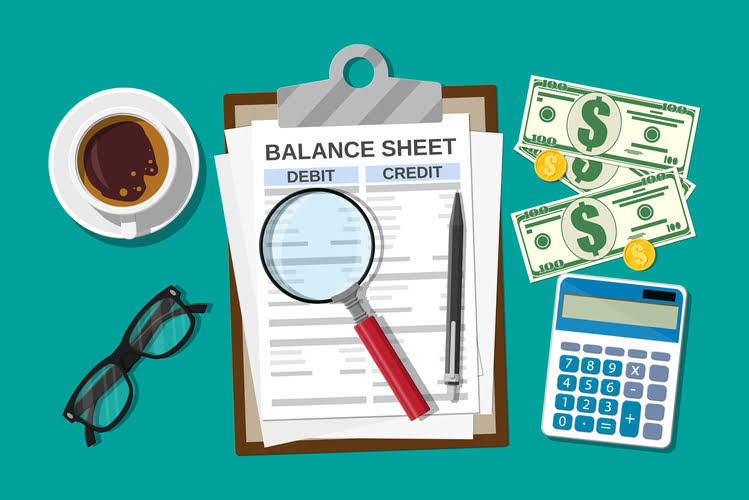Content

You can also use this information to decide what actions to take, such as how to improve specific areas that require your attention. The chart of accounts provides the name of each account listed, a brief description, and identification codes that are specific to each account. The balance sheet accounts are listed first, followed by the accounts in the income statement. Each line on a typical chart of accounts includes an account number, title, description and balance.
What are the 5 basic chart of accounts?
The chart of accounts organizes your finances into five major account types, called accounts: assets, liabilities, equity, revenue, and expenses.
Your https://www.bookstime.com/ can help you determine how much of your monthly income you can afford to put toward your debts and help you develop longer-term debt repayment plans. As a business owner, you have to record every transaction that your business is involved in, ranging from loans to a paid invoice from a customer. A chart of accounts will help you identify the correct account to record a transaction in.
What comprises primary financial
In this case, it identifies the exact type of Fixed Asset being referenced. In addition, periodically review the account list to see if any accounts contain relatively immaterial amounts. If so, and if this information is not needed for special reports, shut down these accounts and roll the stored information into a larger account. Doing this periodically keeps the number of accounts down to a manageable level. The money your business brings in from the sale of its goods or services. Double-entry accounting, and the sum of the two entries should be zero each time. QuickBooks Online plans, for example, support up to 250 accounts.

At the same time, if your company has only one division you don’t need this code. Administrative costs including labor and necessary operational software. Accounts payable are the typical amounts you owe to vendors for raw materials or chart of accounts parts, needed equipment, and any subcontractor-related services. This represents a more specific drill-down of the Account Type, for a supplementary and highly detailed view of the entry across a broader category, such as Fixed Assets.
Chart of Accounts
Larger companies with several divisions or locations need more complex charts of accounts than smaller ones. If you have employees, you need accounts for wages, contributions to retirement funds, etc. Liability accounts represent what you owe to others outside the business, including loans, employee wages earned but not yet paid, and so forth.

The expenses can be tied back to specific products or revenue-generating activities of the business. It provides a way to categorize all of the financial transactions that a company conducted during a specific accounting period. A chart of accounts usually lists balance sheet accounts first and then income statement accounts. You’ll notice that each account in the chart of accounts for Doris Orthodontics also has a five-digit reference number preceding it. The first digit in the account number refers to which of the five major account categories an individual account belongs to—“1” for asset accounts, “2” for liability accounts, “3” for equity accounts, etc. You have been credited with $20 cash for these products, which means you also have $20 in the income account.
How a chart of accounts (CoA) works
It also provides external parties with a snapshot view of an organization’s fiscal health for prudent investment, purchase, or approval of credit. A COA is designed to provide a view of an organization’s financial situation and health, using a delineated means to separate assets, liabilities, revenue, and expenditures. It assists with management reporting and is critical for meeting the demands of regulatory compliance. The goal, again, is an accurate representation of overall financial health. When setting up a chart of accounts, typically, the accounts that are listed will depend on the nature of the business.

